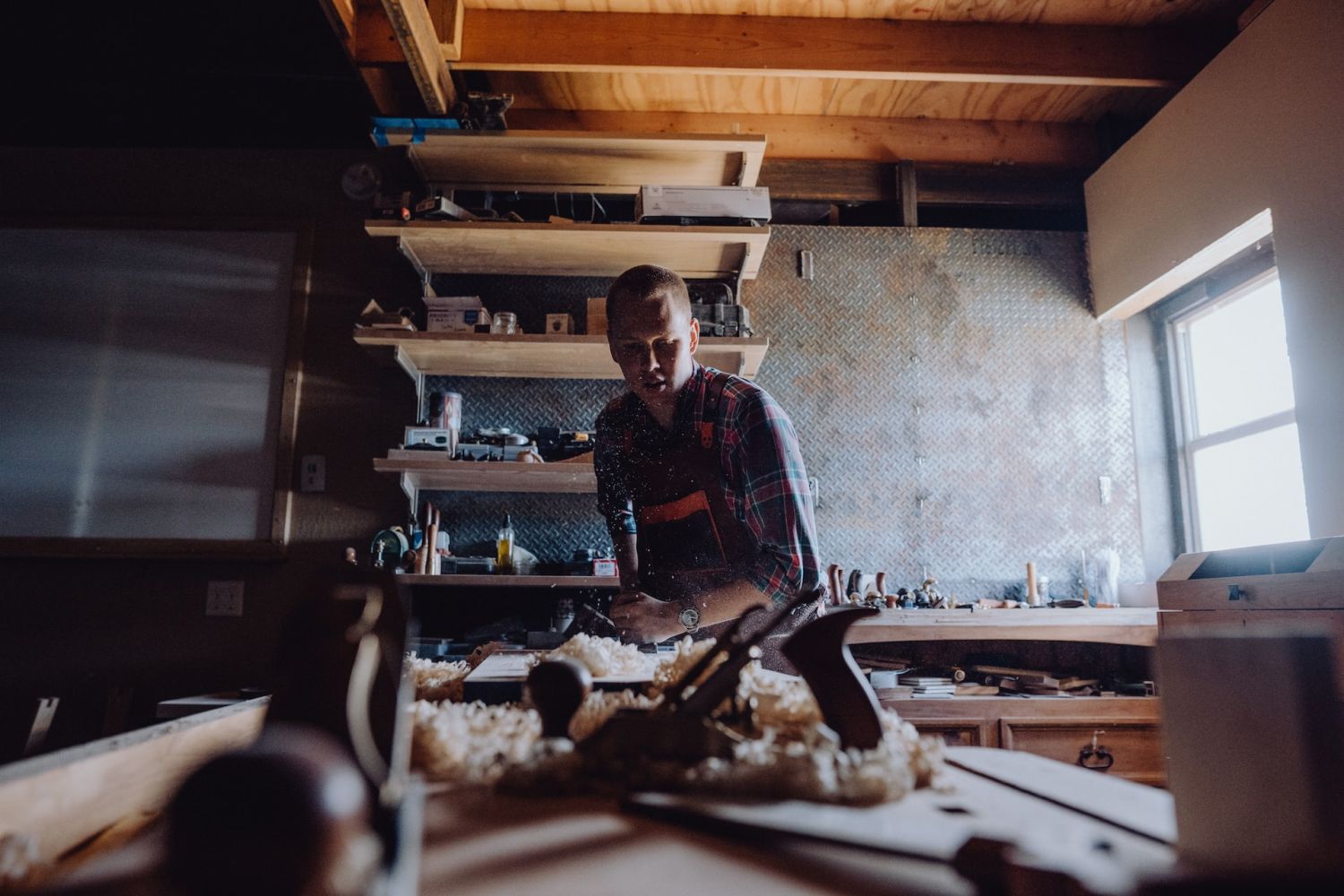Building a woodworking workshop in your garage is an ace way to save money (in some way). You don’t have to worry about renting space, and you can build it exactly the way you want it. Let’s check the main stages of setting up your workshop and what tools you will need.
How Much Space for a Garage Workshop Will You Need?
When planning to set up a garage workshop, you need to think about how much space you will need. The size of your workshop depends on what types of projects and activities you plan to do in it. For instance, if you want to build furniture or cabinets, the size of your space should be large enough for them. A workbench with cabinets from DycoVentures and power tools also require a large space. Keep in mind that you might want some extra room for bigger projects down the line, so try to leave some space for future expansion. The average size for a garage workshop is around 12 x 20 feet, but you can adjust the size to your needs.
What Tools Are Needed To Build A Woodworking Workshop?
The next step is to decide which tools are essential when building a woodworking workshop in a garage. Basic tools such as saws (circular saws and miter saws), drill bits and drivers, clamps, planes, and sanders are likely to be needed. Additional items such as routers, jigsaws, and biscuit jointers may also be required depending on the project complexity you have planned in your workshop.
How Much Does It Cost To Build A Garage Workshop for Woodworking?
The cost of building a woodworking workshop depends largely on the materials used for building it. Wood is usually the most popular choice when creating furniture or cabinets. But other materials can also be used depending on your budget and preferences. The cost of tools for woodworking will also add to the overall bill of setting up a woodworking workshop in a garage. Consider any professional help you might need if you are a beginner and lack the knowledge to build a woodworking workshop. Electricity is also an expense to be taken into account. Safely powering your tools might require special wiring or installation. The average cost is $3000 – $5000, depending on the size and complexity of the project.
Main Stages When Setting Up a Workshop for Woodworking
1. Preparing the Space
Clear the garage and make sure it is free from any dust, clutter, or debris. Assess the size of the space you have to work with and how much ventilation is available. Check for dampness, as this can damage your tools over time.
2. Installing Benches and Shelves
Create sturdy benches where you will be working on your projects. A workbench is an essential part of any woodworking workshop, and you should be able to adjust it for maximum comfort. Also, build shelves or racks to store your tools in an organized way.
3. Flooring
You’ll need to line the floor with durable materials such as concrete, interlocking tiles, or rubber. This will make it easier to move your tools around and protect them from damage in case of a tool spill.
4. Choose Woodworking Tools
Decide what type of woodworking projects you want to do in your workshop. Find out which tools are best suited for those tasks. You don’t need a large selection of tools when setting up a woodworking workshop in a garage. However, there are certain basics that should be included, such as saws, planes, and chisels.
5. Electrical Wiring
Woodworking requires a good power source, so make sure to install proper wiring that meets local regulations. Check the amperage requirements of your power tools when purchasing them. Make sure your circuit has enough capacity to handle it all.
6. Ventilation System
Woodworking projects are dusty activities and require good ventilation in order to ensure clean air inside the garage workshop. Install a system of fans or hoods that will direct debris away from you and out of the workspace. Keep sawdust from clogging up your machinery.
7. Dust Control
A shop vacuum or dust collection system is essential when setting up a garage workshop for woodworking. This will help minimize the spread of sawdust in the air and around the workspace, resulting in a cleaner and safer working environment.
8. Light Installation
Adequate lighting in your garage workshop is important when setting up a woodworking workspace. Make sure you have adequate lighting to be able to see the pieces of wood being worked on properly.
9. Woodshop Furniture
If possible, install some type of permanent furniture in your garage workshop. This will give you a place to store tools, lumber, and other materials for easy access when needed. It also adds an extra dimension of comfort when working long hours on projects that need exacting attention and careful craftsmanship.
10. Keep Space for Cleaning Stuff
When setting up a woodworking workshop in a garage, make sure to leave some space for cleaning tools and materials. Woodworking tools must be kept clean if they are to perform at their best. Having space set aside for a vacuum cleaner and other cleaning items helps ensure that all the wood equipment is kept in good working order.
Conclusion
Setting up a garage workshop for woodworking can be an exciting project for any hobbyist. Woodworking requires space, materials, tools, and the right environment to make projects come alive. By following this guide, you can create a garage workshop that works best for your needs.










OH! I’m really amazed at how to set up a woodworking workshop in your garage. That’s really a great idea